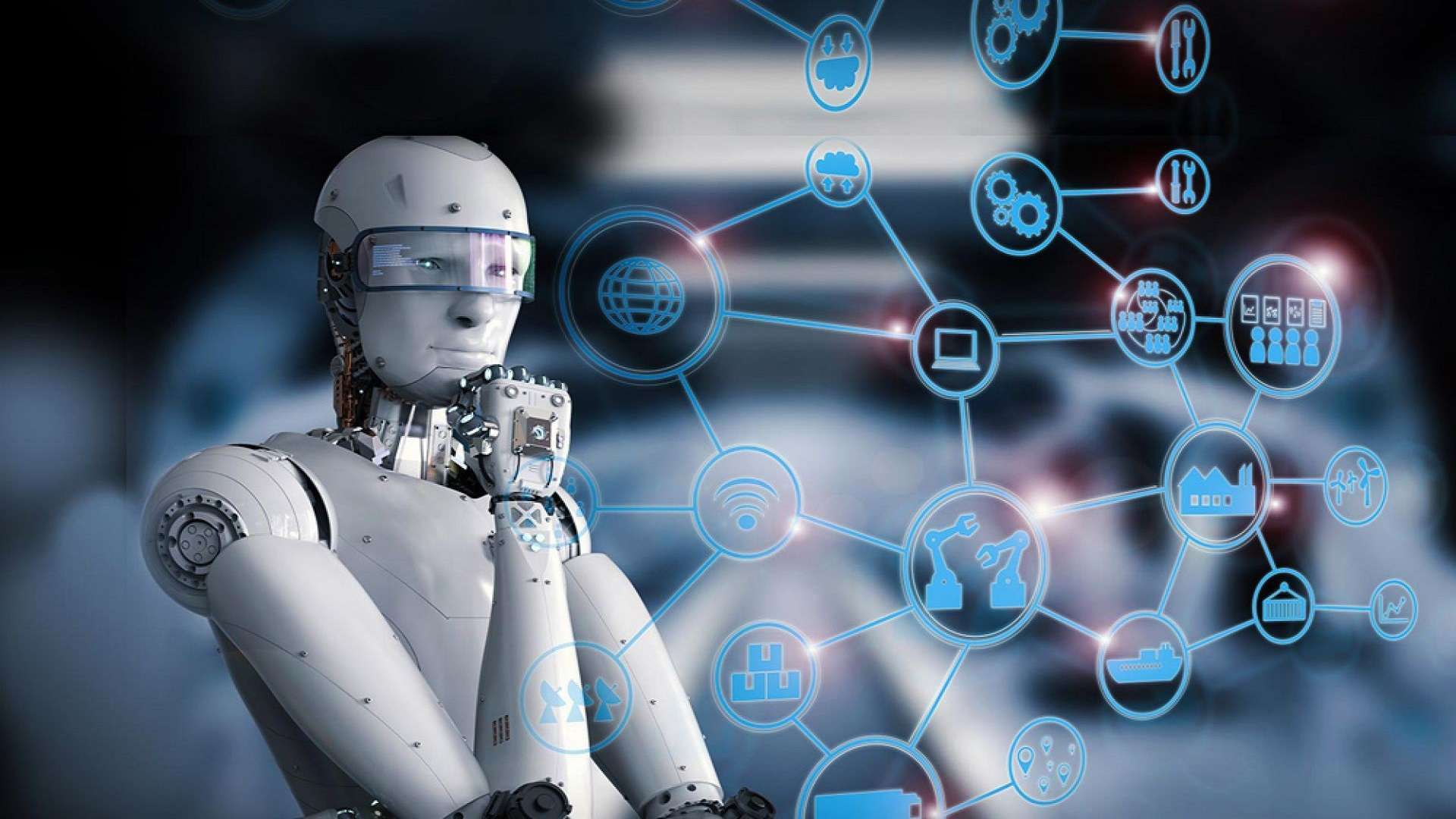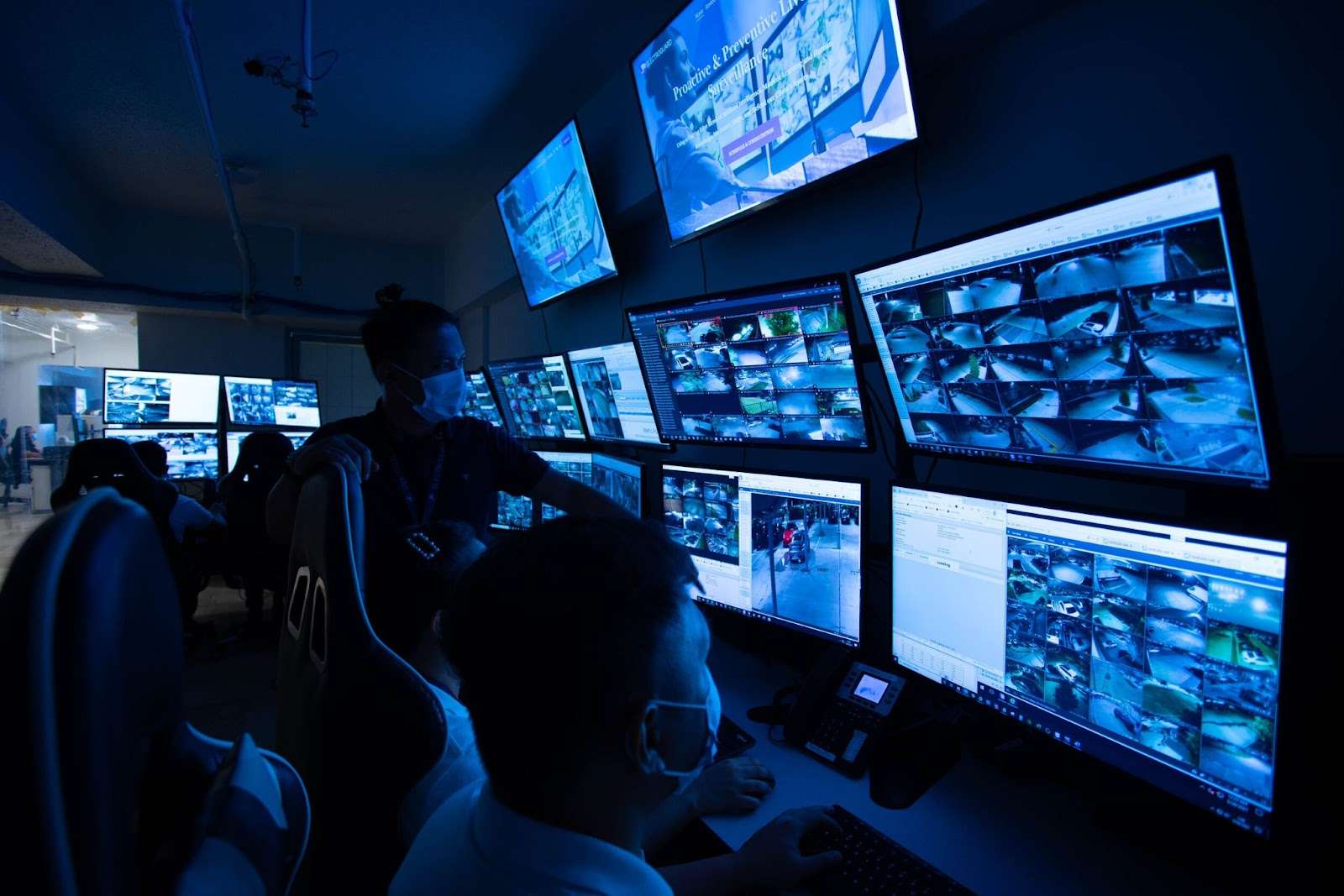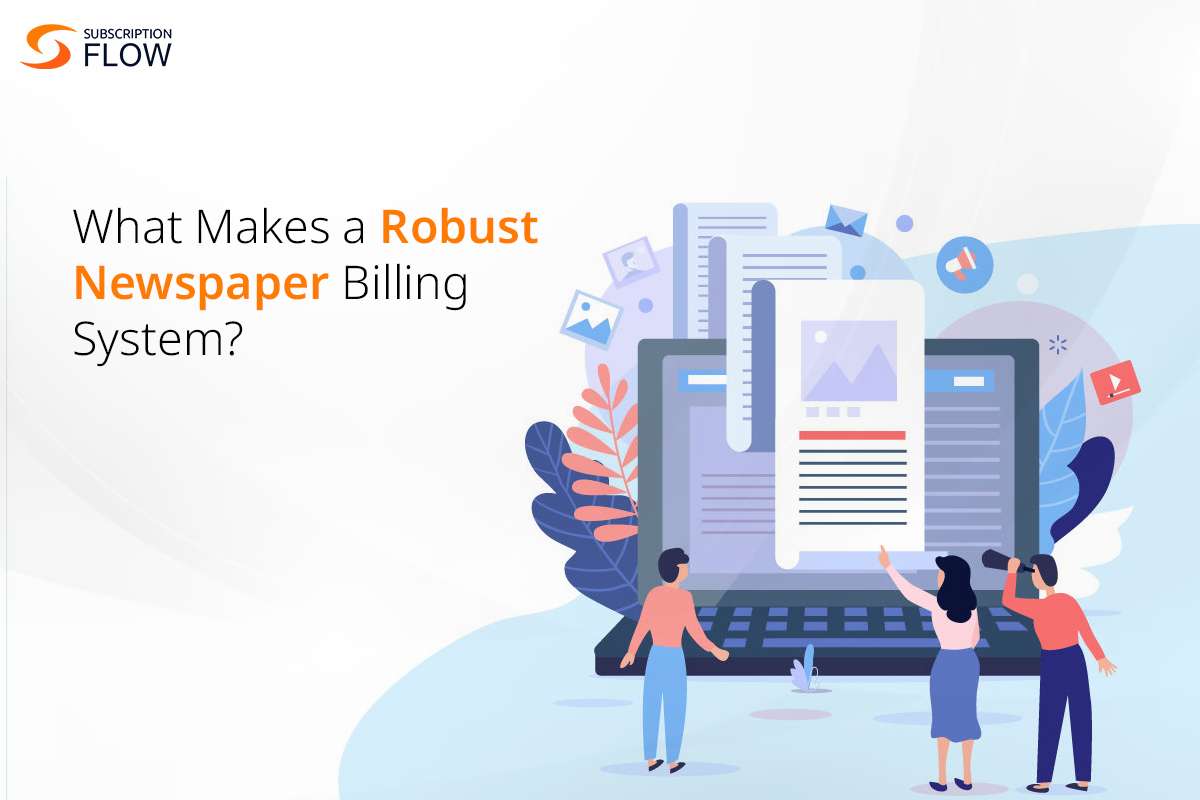Discover the dynamic relationship between artificial intelligence and information technology. This SEO-friendly article explores the intersection, applications, and future prospects of AI in the IT landscape, highlighting its transformative potential.
Harnessing the power of synergy in artificial intelligence and information technology
The convergence of artificial intelligence (AI) and information technology (IT) has transformed sectors ranging from healthcare and banking to manufacturing and customer service. In this SEO-friendly post, we’ll look at the symbiotic link between AI and IT, looking at their applications, advantages, and the bright future they hold.
I. Introduction to Artificial Intelligence and Information Technology:
AI stands for artificial intelligence, which is the simulation of human intellect in machines. It includes machine learning, natural language processing, computer vision, and other sophisticated technologies that enable systems to do tasks with human-like intelligence, such as pattern recognition, decision-making, and data learning.
It is the administration, processing, and transfer of information via the use of various technologies, tools, and systems. It includes hardware, software, networks, databases, and cybersecurity safeguards for data storage, retrieval, analysis, and communication.
II. Artificial Intelligence and Information Technology:
Data Processing and Analysis: To process and analyze massive volumes of data, AI algorithms, and IT infrastructure collaborate. Machine learning and other AI approaches enable IT systems to unearth useful insights, spot trends, and create data-driven predictions, resulting in better decision-making and operational efficiency.
Automation and Optimisation: The combination of AI and IT allows for automation and optimization across a wide range of fields. AI-powered solutions may automate repetitive operations, simplify processes, and optimize resource allocation, resulting in increased productivity and cost savings.
Intelligent Virtual Assistants: Like chatbots, AI-based virtual assistants use IT infrastructure to deliver real-time customer service, answer questions, and do tasks. They improve user experiences by providing personalized support, allowing companies to respond to client queries quickly and efficiently.
III. Applications of Artificial Intelligence in Information Technology:
IT Operations and Infrastructure: Artificial intelligence-powered solutions can monitor IT infrastructure, detect breakdowns, and automate regular maintenance chores. This proactive strategy improves system performance, reduces downtime, and ensures smooth operations.
Data Management and Analytics: AI approaches enable IT systems to handle and analyze massive amounts of data in an effective manner. This assists in the extraction of useful insights, the identification of trends, and the support of informed decision-making in areas such as business intelligence, marketing, and research.
Natural Language Processing (NLP): NLP is an area of AI that allows computer systems to comprehend and interpret human language. It improves user interactions and information retrieval by enabling voice-based commands, sentiment analysis, and language translation.
Intelligent Search and Recommendation Engines: AI-powered search and recommendation engines improve user experiences by serving up relevant and personalized information. These systems utilize AI algorithms to learn about user preferences, forecast preferences, and make personalized recommendations.
IV. AI and IT in the Future:
Cognitive computing has enormous promise in the future, where AI systems can perceive, reason, and learn in a way similar to human cognition. This innovation will allow for more complex problem-solving, enhanced decision-making, and novel applications in a variety of sectors.
Internet of Things (IoT) Integration: By combining AI and IoT, a network of intelligent devices will be created that can interact, analyze data, and make autonomous choices. This collaboration will transform industries such as smart cities, healthcare monitoring, and industrial automation.
Improved User Experiences: The combination of AI and IT will generate greater improvements in user experiences. Natural language processing, computer vision, and emotion detection will make human-computer interactions more intuitive, resulting in more seamless and personalized experiences.
Ethical Considerations: As AI evolves, addressing ethical concerns like privacy, transparency, prejudice, and accountability becomes increasingly important. To enable responsible AI deployment and to protect society’s interests, it is critical to build strong ethical frameworks and legislation.
Conclusion:
The combination of artificial intelligence and information technology creates a potent synergy that catapults industries into a new age of innovation and efficiency. Artificial intelligence-powered solutions improve data processing, automate jobs, and optimize IT operations, leading to better decision-making and user experiences. As we embrace the future, it is critical to foster this partnership while preserving ethical norms in order to realize the full potential of AI and IT for societal good.
Choose a blogging platform Digiesales. There are many different blogging platforms available, such as WordPress, Blogger, and Tumblr. Each platform has its own strengths and weaknesses, so you will need to choose one that is right for you.










